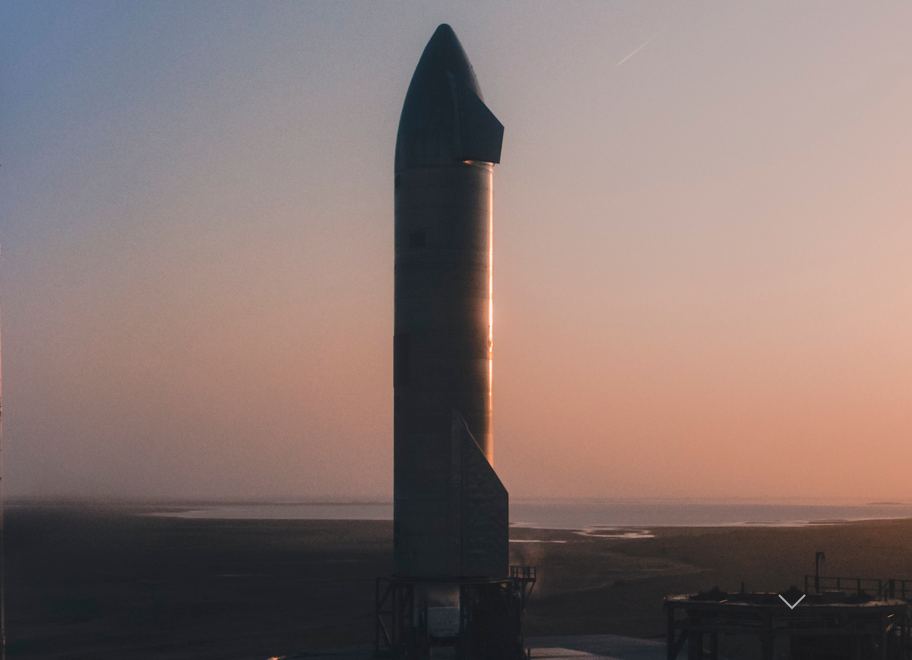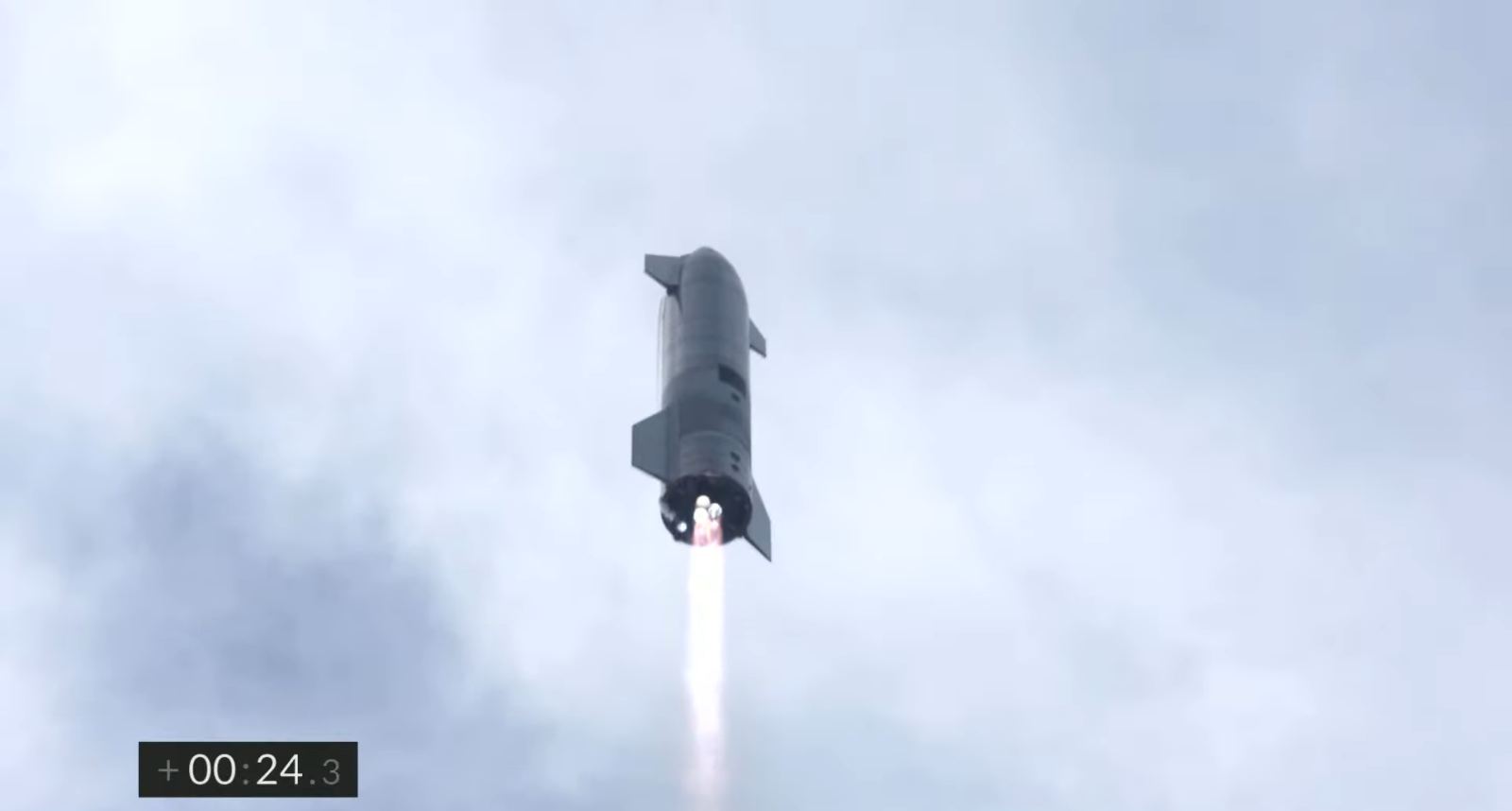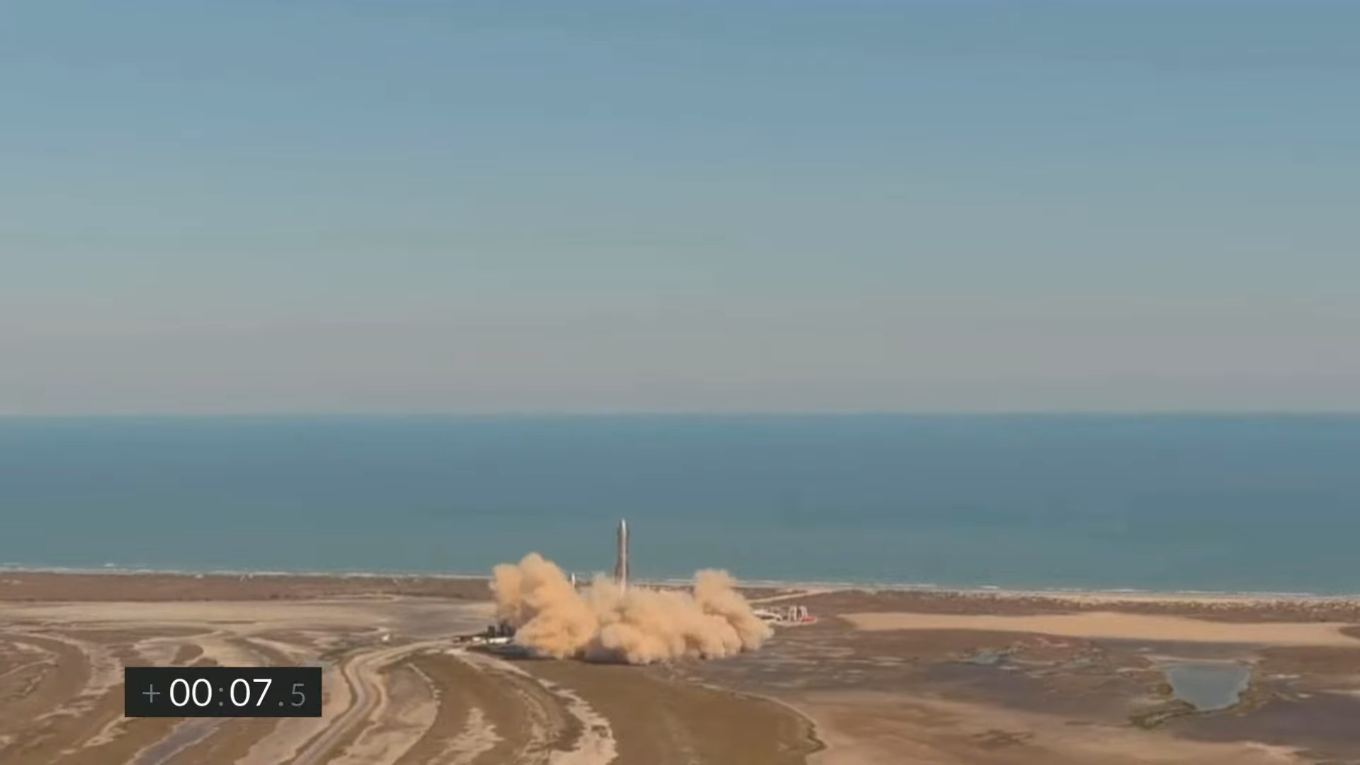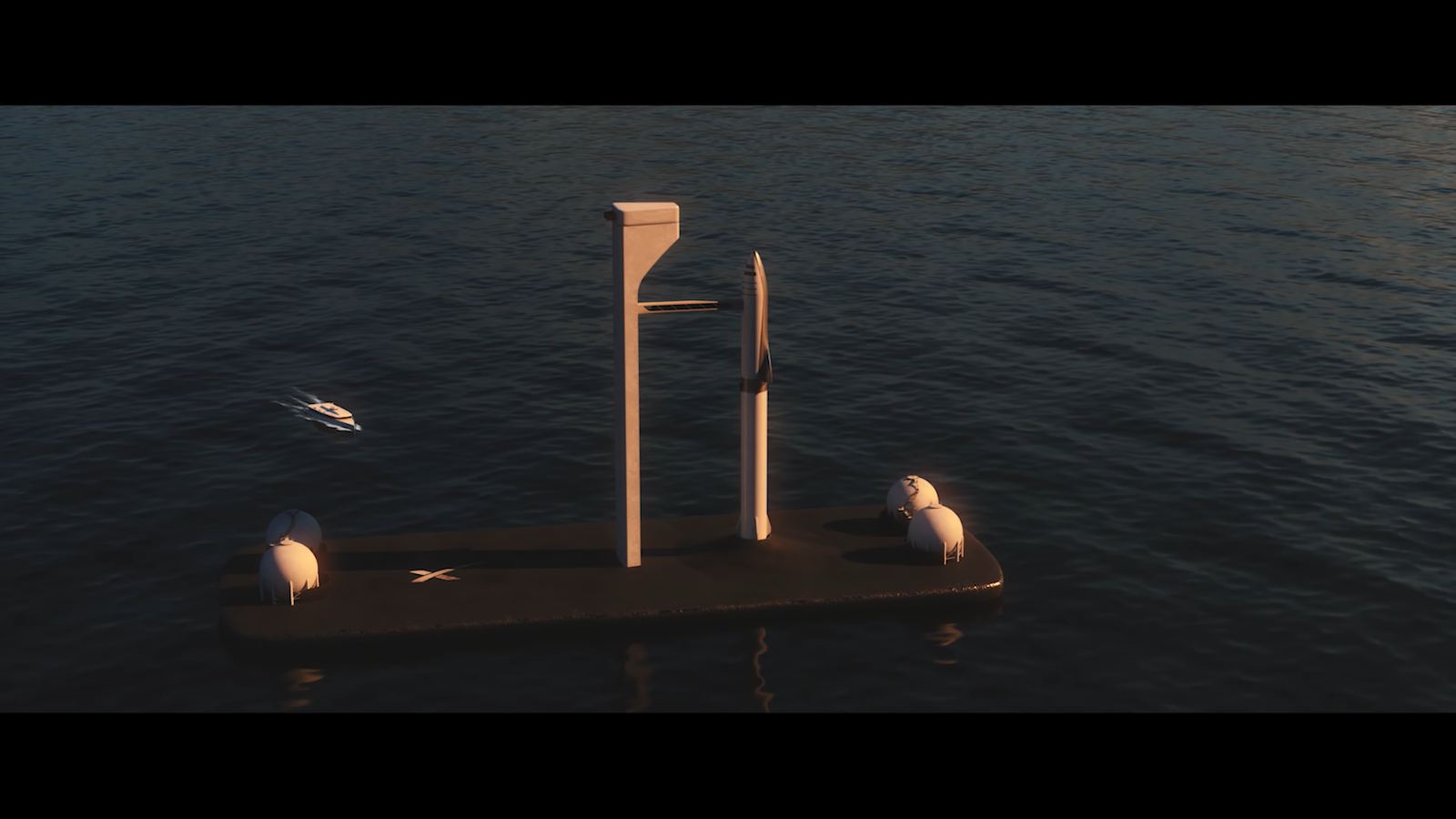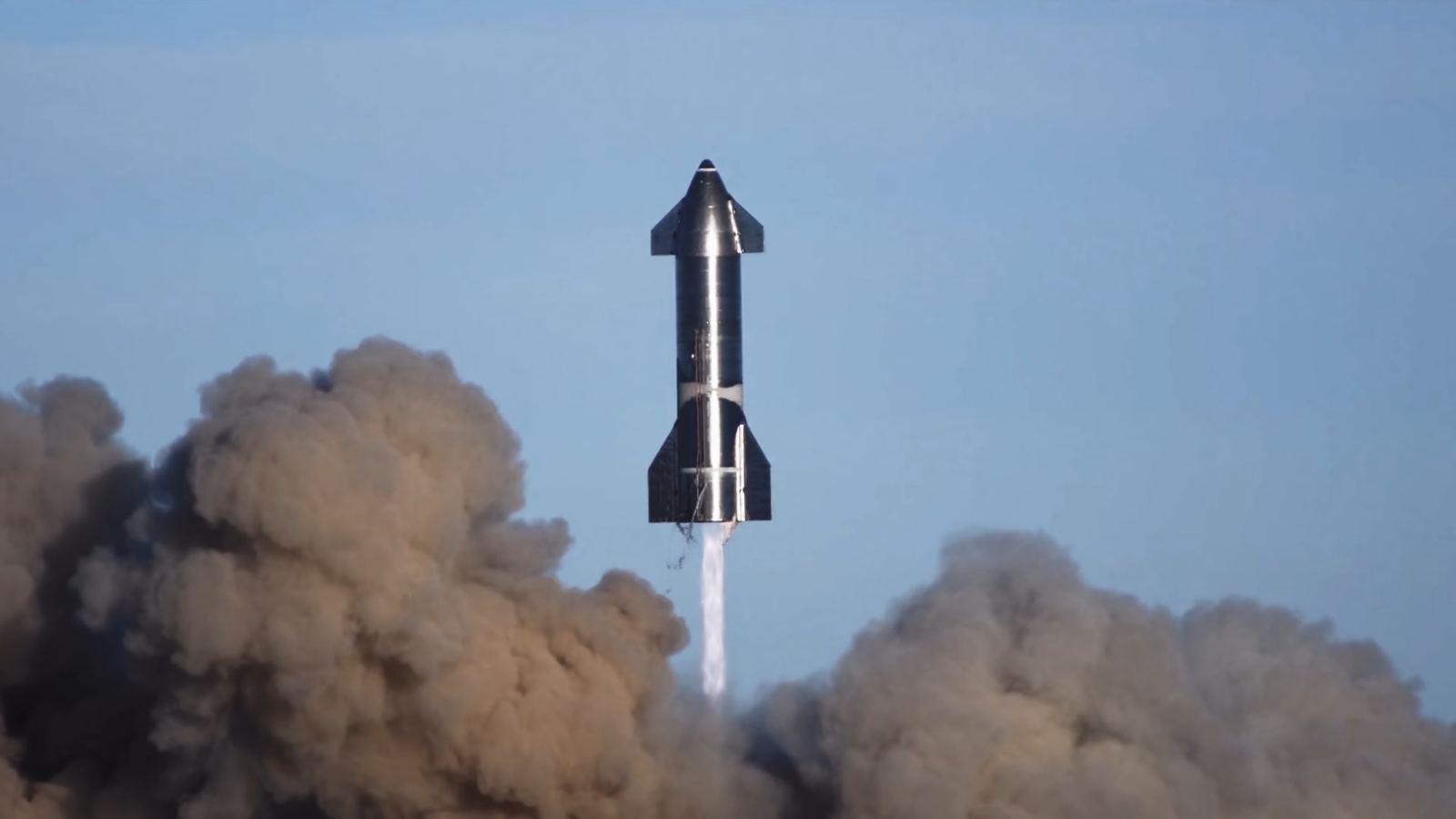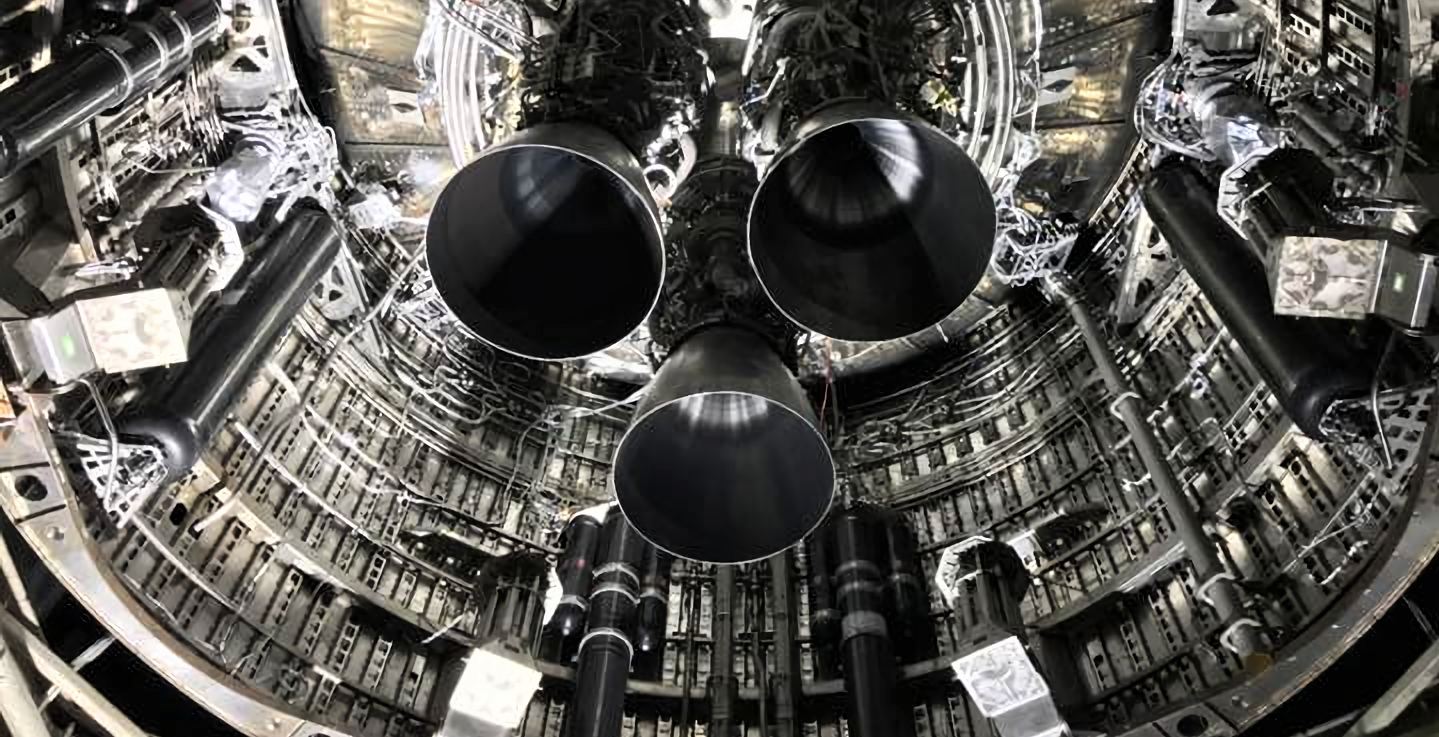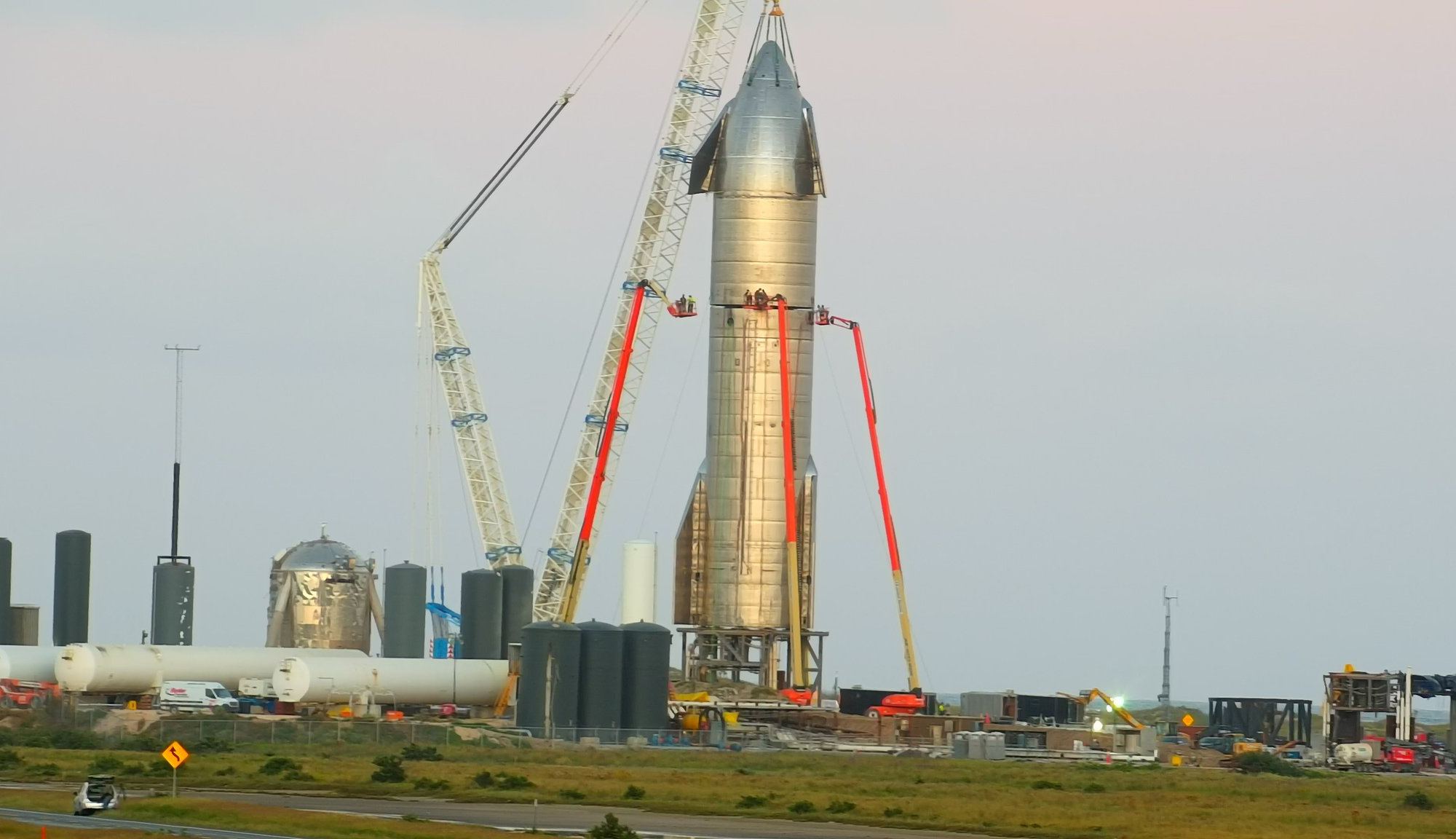Space exploration sure is hard, huh? Luckily, it’s an iterative process, where engineers test and test and test again to work out all the bugs in advance. At least, that’s what we remind ourselves when the prototype goes “kaboom!” Earlier today, the SN11 joins its predecessors by being the fourth Starship prototype to conduct a successful flight test and then explode while attempting to make a landing (or shortly thereafter).
Continue reading “Latest Starship Prototype SN11 Explodes in mid-air, Raining Debris on the Launch Site”SpaceX’s Starship Prototype Flies High AND Sticks the Landing!
They say, “third time’s the charm.” This was largely the case today as SpaceX made their third attempt at a high altitude flight test at their launch facility in Boca Chica, Texas. Like the previous two attempts, this flight saw a Starship prototype (SN10) with three Raptor engines fly to an altitude of 10 km (6.2 mi), conduct a “belly-flop” descent maneuver, and then return to the launch facility.
As with the previous high-altitude tests, the SN10 successfully launched, reached its apogee, and validated the control fins and aerodynamic surfaces. But unlike the previous tests, the SN10 was able to slow down enough and keep itself upright so it could make a soft landing. While the prototype exploded a few minutes after landing (apparently from a methane leak) the flight was a complete success!
Continue reading “SpaceX’s Starship Prototype Flies High AND Sticks the Landing!”SN9 Tests Ends With a Boom. You’re Up SN10
Another day, another round of testing (and yes, another explosion). Today, on Tuesday, Feb. 2nd, 2021, flight teams at SpaceX’s launch facility near Boca Chica, Texas, conducted a high-altitude test flight with a Starship prototype. Similar to the previous test in December, the SN9 was powered by three Raptor engines, flew to an altitude of 10 km (6.2 mi), then attempted another “belly flop” to test out its fins and aerodynamic surfaces.
As always, the event was broadcast via live stream by SpaceX, NASASpaceFlight, LabPadre, and several other observers. Like the SN8 test flight, SpaceX’s coverage provided multiple vantage points (landing pad, engine compartment, fuselage, aerial drone, etc.) The flight commenced at 2:25:15 P.M. CST (04:25:15 EST; 12:25:15 PST) when the Starship ignited its three engines and began its ascent.
Continue reading “SN9 Tests Ends With a Boom. You’re Up SN10”Starships Will be Launching From These Oil Drilling Platforms Bought by SpaceX
Over the years, Elon Musk has been rather open about how he (and the company he founded) plan to make space more accessible and allow humanity to become an “interplanetary species.” A key element to this plan is the Starship and Super-Heavy launch system, which will allow for regular trips to the Moon as well as the eventual creation of the first human colony on Mars.
Another key part of Musk’s plan is the creation of spaceports at sea that will allow for greater flexibility with launches and landings. To that end, SpaceX recently acquired two former oil drilling rigs off the coast of Texas. These spaceports have been dubbed Phobos and Deimos (after Mars’ two satellites) and are currently undergoing modifications to conduct Starship launches in the near future.
Continue reading “Starships Will be Launching From These Oil Drilling Platforms Bought by SpaceX”SpaceX’s Next Idea: to Catch Super Heavy Boosters With the Launch Tower
SpaceX is getting closer and closer to realizing the design for its Starship and Super Heavy launch system. Once complete, it will be the world’s first fully-reusable launch system and will facilitate trips to Low Earth Orbit (LEO), the Moon, and Mars. Construction began on the system’s booster element (Super Heavy) this past summer and, according to a recent tweet by Musk, will be “caught” by its launch tower.
Continue reading “SpaceX’s Next Idea: to Catch Super Heavy Boosters With the Launch Tower”SpaceX Releases a Recap Video of their SN8 Making its Hop Test!
To commemorate their greatest accomplishment to date with the Starship, SpaceX has released a recap video of the SN8 high-altitude flight. This was the 12.5 km hop test that took place on December 9th, 2020, which saw the SN8 prototype ascend to an altitude of 12.5 km (7.8 mi), conduct a “belly-flop” maneuver, and return to the launch pad. While it didn’t quite stick the landing, the test was a major milestone in the development of the Starship.
Continue reading “SpaceX Releases a Recap Video of their SN8 Making its Hop Test!”Big News for SpaceX: Static Fire Today, Hop Test This Weekend?
For years, SpaceX founder Elon Musk has talked about what he will do once his company’s super heavy-lift launch system is finally ready to go! While tidbits of information were shared between 2011 and 2015, it was not until September of 2017 that Musk began to share detailed plans for this system. By 2018, Musk announced that work on the Starship and Super-Heavy (formerly known as the BFR) was underway.
In the past year, progress on the Starship has advanced by leaps and bounds (despite a few explosions). This reached a high point on Dec. 9th, 2020, when the SN8 prototype conducted a hop test where it reached an altitude of 12.5 km (7.8 mi) and did a “belly-flop” on the way down. According to recent indications, the SN9 may be making a hop test by the end of this week!
Continue reading “Big News for SpaceX: Static Fire Today, Hop Test This Weekend?”Will the Starship Make a 15 km Hop Test on Wednesday?
Update: According to FAA flight restrictions that were redacted yesterday (Dec. 3rd), the date for the hop test has since been moved to Monday, Dec. 7th, at the earliest. The altitude of the test has also been dropped from 15 km to 12.5 km (41,000 ft).
SpaceX has really hit its stride lately! Throughout the Summer of 2020 and well into the Fall, the company has experienced a string of successes with the construction and testing of its Starship prototypes. This has included multiple cryogenic load tests, static fire tests, test tank pressure tests, and even two 150 m (~500 ft) hop tests. And now, it looks like SpaceX could be making its first high-altitude flight test as early as tomorrow!
This test will see the first Starship prototype with three Raptor engines (SN8) fly to an altitude of 15 km (9.3 mi) before returning home safely. The engineering teams will be using this test to validate the Starship maneuvering fins as well, conducting a “belly-flop” maneuver that will see how the spacecraft’s aerodynamic surfaces allow it to make controlled landings on bodies that have an atmosphere.
Read moreSpaceX Starship Passes Static Fire Test With Three Raptor Engines, Finally Gets Nose Cone!
It’s beginning to look like SpaceX will attempt to make the 15 km (9.3 mi) hop test before Christmas! After two successful 150 m (~500 ft) hops with the SN5 and SN6 prototypes, engineers at SpaceX’s Boca Chica launch facility in South Texas rolled out the SN8 – the first Starship prototype to have three Raptor engines. But before the SN8 can conduct a high-altitude test flight, the engineers needed to run a static fire test.
This test is crucial to ensuring that the Starship‘s interior plumbing can handle its cryogenic propellants, and is the last milestone before the Starship can conduct a high-altitude flight. On the evening of Tuesday, October 20th, that’s exactly what they did! At 3:13 AM local time (01:13 AM PDT; 04:13 AM EDT), the SN8 fired up its three Raptor engines and kept firing them for several seconds straight.
Continue reading “SpaceX Starship Passes Static Fire Test With Three Raptor Engines, Finally Gets Nose Cone!”We’re Made of Starstuff. Especially From Extremely Massive Stars

A new study shows how massive young stars create the kind of organic molecules that are necessary for life.
A team of researchers used an airborne observatory to examine the inner regions around two massive young stars. Along with water, they found things like ammonia and methane. These molecules are swirling around in a disk of material that surrounds the young stars.
That material is the same stuff that planets form from, and the study presents some new insights into how the stuff of life becomes incorporated into planets.
Continue reading “We’re Made of Starstuff. Especially From Extremely Massive Stars”
